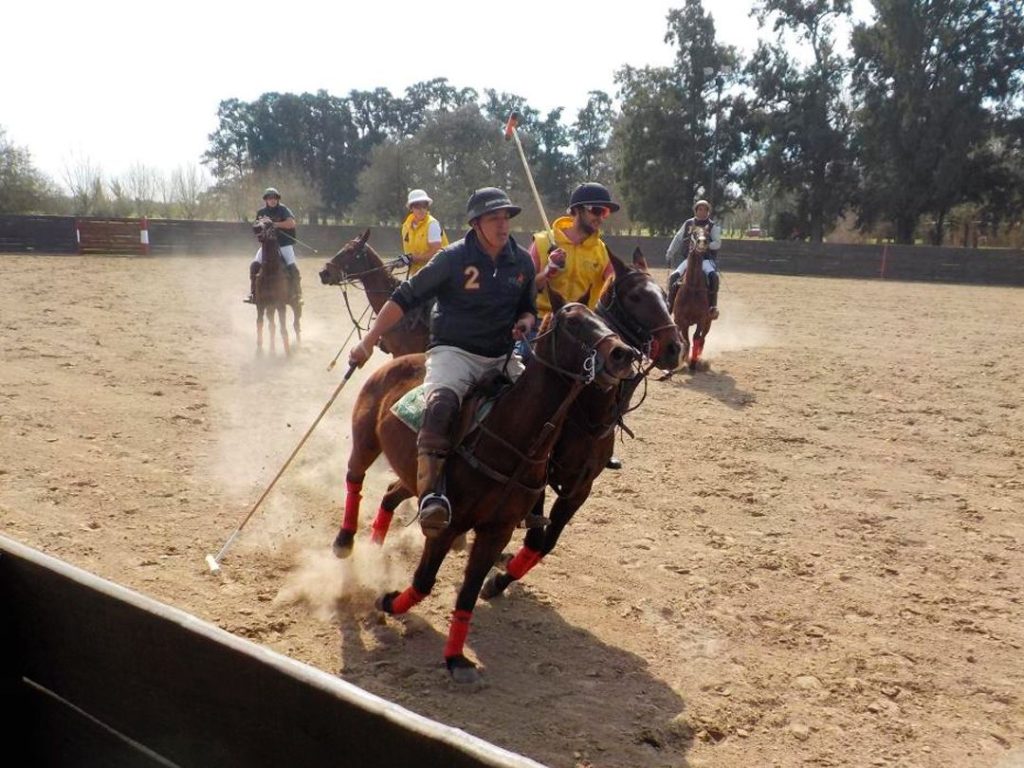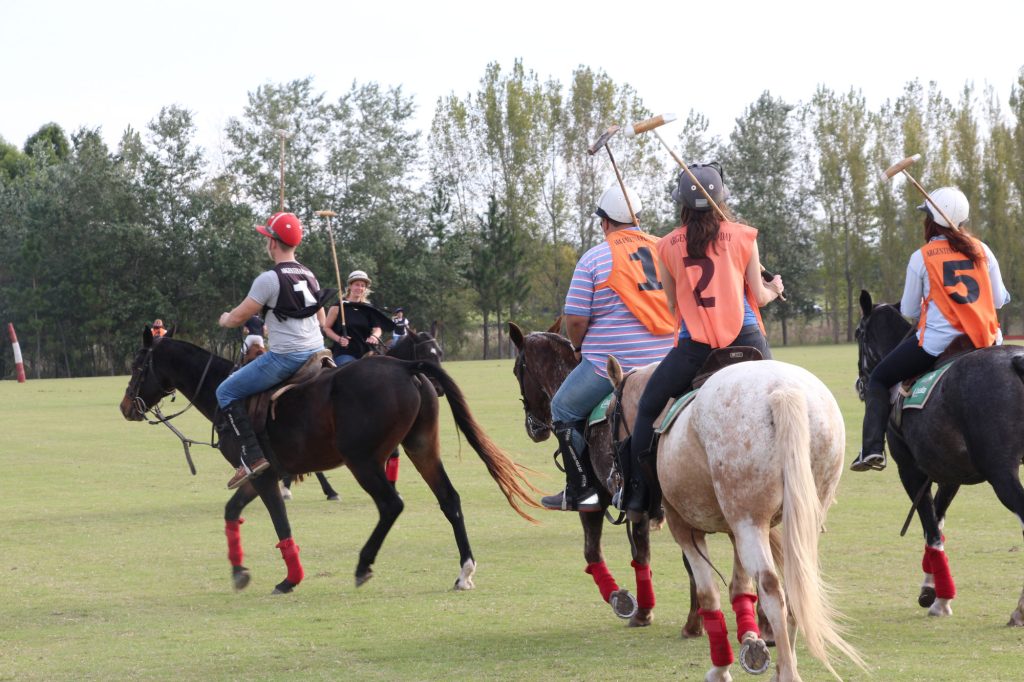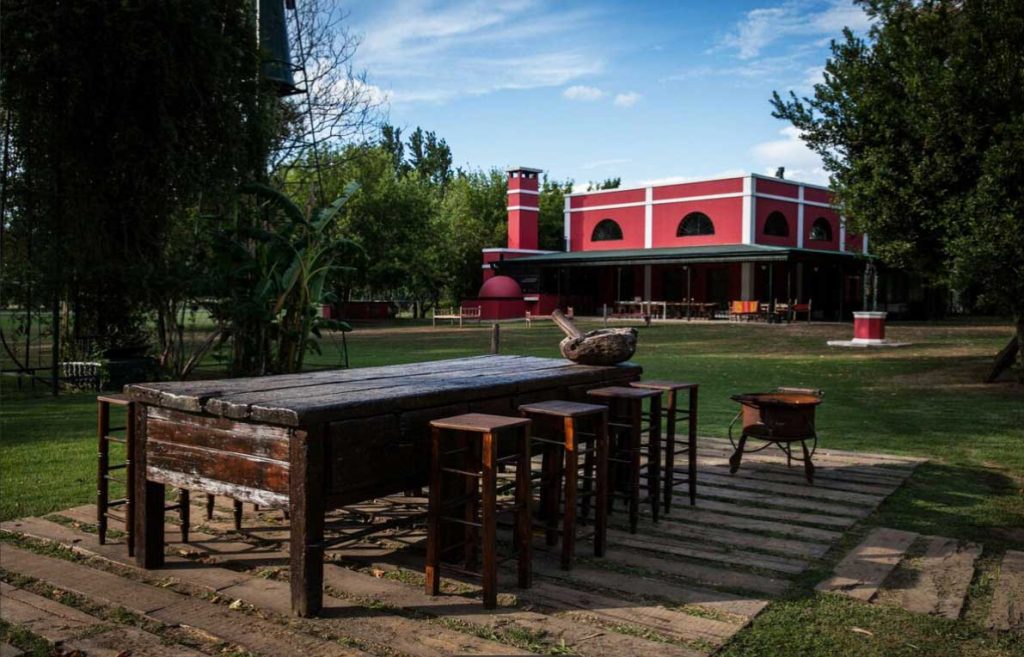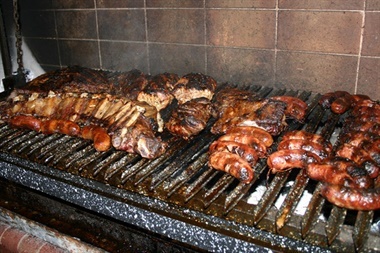[:es]Polo, often referred to as the “Sport of Kings,” is a thrilling equestrian game that demands skill, strategy, and teamwork. Whether played on grass or sand, each type of polo field presents unique challenges and factors that players must consider. Here are the key considerations when playing on a sand polo field compared to a grass one:
1. Footing and Ball Movement:
– Sand Field:Playing on sand offers different footing compared to grass. The ball tends to slow down on sand, requiring players to adjust their timing and swing techniques for accurate shots.
– Grass Field:On grass, the ball travels faster and more smoothly. The field’s even surface allows for predictable ball movement and encourages quick plays.
2. Horse Adaptation:
– Sand Field:Horses need time to adapt to the softer, shifting surface of a sand field. Proper training is essential to help horses maneuver effectively and avoid potential strain.
– Grass Field: Horses accustomed to grass fields may need some time to adjust to the different terrain of a sand field. Conditioning and training are crucial to ensure optimal performance.
3. Pace of the Game:
– Sand Field: The game’s pace is often slightly slower on sand due to the ball’s reduced speed. Players need to focus on positioning and teamwork to maintain control and create scoring opportunities.
– Grass Field: The faster ball movement on grass can lead to quicker plays and potentially higher-scoring games. Players must adapt their strategies accordingly.
4. Mallet Techniques:
– Sand Field: On sand, players might need to adjust their mallet angles and hitting techniques to account for the slower ball movement. Lofted shots may be more effective for distance.
– Grass Field: On grass, players can rely on traditional mallet techniques for accurate hits. The smoother surface allows for a wider range of shot types.
5. Turf Management:
– Sand Field: Sand fields require regular maintenance to ensure a consistent playing surface. Footprints and horse tracks can impact the game, so grooming is crucial.
– Grass Field: Grass fields also require upkeep, but the focus is more on maintaining the grass quality for even ball movement and safe horseplay.
6. Tack and Equipment:
– Sand Field: Tack and equipment should be chosen with consideration for the sand surface. Horses’ shoes and protective gear need to suit the conditions.
– Grass Field: Proper tack and equipment for grass fields are also important, with attention to maintaining grip and ensuring horse comfort.
7. Strategic Adjustments:
– Sand Field: Teams often focus on controlled, deliberate plays on sand, emphasizing accuracy and ball possession.
– Grass Field: Grass fields may encourage faster-paced plays and long passes, requiring teams to adapt their strategies accordingly.
Both sand and grass polo fields offer unique challenges and opportunities for players. By understanding the distinct characteristics of each type of field and making necessary adjustments to techniques and strategies, polo enthusiasts can enjoy the exhilarating sport to the fullest, regardless of the playing surface[:]





